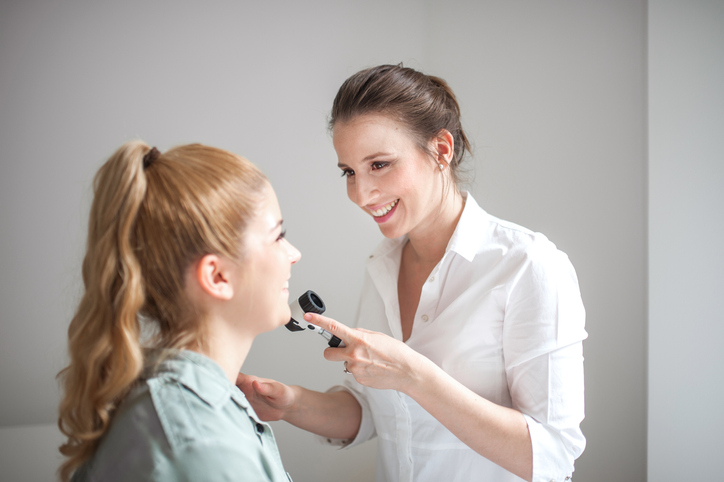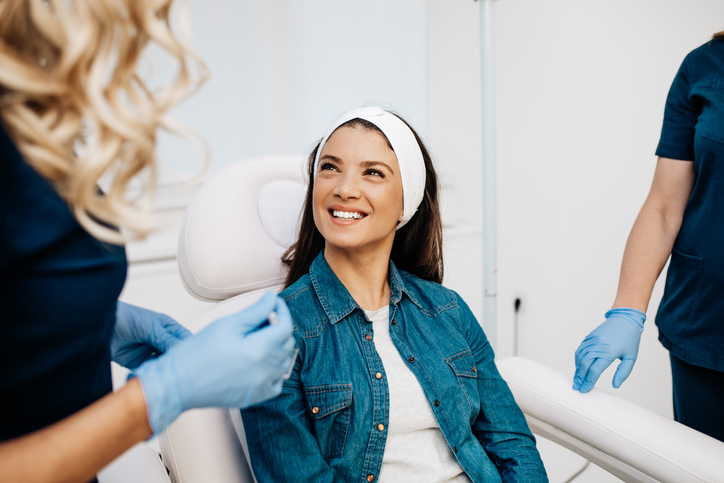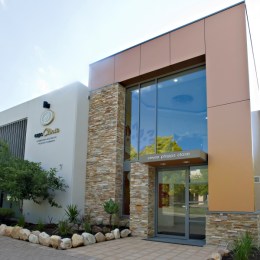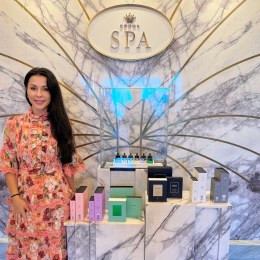SPA+CLINIC’s Writer & Dermal Clinician Taneesa discusses the in’s and out’s of evidence-based practice and why it is so necessary for skin & aesthetic practices.
Among the beauty, skin & aesthetics industry, there can be a general confusion amongst Australians as each industry closely ties together and appears to have blurred lines between the definitions. Mix that with the terms “aesthetician“, “cosmetologist” and other terms commonly coined over in America, how can consumers understand the difference in titles and understand what you do, or what your business has to offer? Does a Diploma in Beauty Therapy serve the same purpose as a Bachelor in Health Sciences? What is the point of difference behind these titles?

Evidence-based practice is your answer. This is really the true difference between beauty therapy and evidence-based healthcare. As both a Beauty Therapist and Dermal Clinician, I can advocate for both sides of the industry. One industry is not superior to another, they simply have different scopes of practice. What both industries do have in common is the passion to help others feel confident and healthy in their own being.
However, when you begin to step up in complexity of cases presented to you (especially skin conditions), you must firstly assess your scope of practice to understand if you can provide assistance yourself, or need to refer on to another practitioner. This can have a chain effect, so a beauty therapist may refer to a Dermal Clinician (DC), a DC may refer to a Nutritionist or Dermatologist, and so forth. Firstly, let’s break down what evidence-based practice really means:

Evidence-based practice (EBP) was a term first coined by David Sackett in the 1990’s, which is defined as “the conscientious, explicit and judicious use of current best evidence in making decisions about the care of the individual patient”.
What this means, is basically using the best available evidence, tied in with your professional expertise and years of experience, whilst also considering the values & characteristics of your patient/client to arrive at a decision for treatment.
Now in the world of YouTube beauty, TikTok, and instagram leading the way of self-proclaimed “skincare junkies”, anecdotal (from personal experience) advice is given to (and believed by) anyone who can view the published content, worldwide. This has led to DIY skin treatments gone wrong, at-home hair removal devices causing burns, confusion, and incorrect (and unethical) diagnosis of skin conditions from non-medical professionals – all thanks to posting a selfie with “any advice on my skin?”.
What are the benefits of EBP?
EBP is important because it aims to provide the most effective care that is available, with the aim of improving patient outcomes. Patients expect to receive the most effective care based on the best available evidence.
Sadly, 4 in 10 adults receive care that is not based on current evidence or guidelines, including ineffective, unnecessary or potentially harmful treatments.
What is the top to bottom approach?
To effectively source the “best evidence”, research must begin at the most comprehensive statistical source before considering other study frameworks. These are typically derived from systematic reviews, meta-analyses, and randomised controlled trials (RCT’s).
Here’s how it will look in practice:
- Ask a question – Will performing skin needling improve my patient’s acne scarring?
- Find best evidence – Search for published journal articles (this is the true ‘research’), ideally systematic reviews, RCT’s etc.
- Evaluate evidence – Question everything! Why did that study come to that conclusion? What was missed? Did a company sponsor the research trial?
- Apply the evidence
- Evaluate the outcome – What went well, what didn’t?
It is important to share with your clients or patients that when it comes to skin health, we aren’t salespeople. We don’t follow trends, we analyse what will provide our patient the best outcome by following what has been studied and proven.
Read SPA+CLINIC’s latest issue here:
There are 5 ways you can catch up with SPA+CLINIC
- Our quarterly print magazine, delivered to your door. Subscribe here.
- Our website, which is updated daily with its own completely unique content and breaking news.
- Our weekly newsletter – free to your inbox! Subscribe here.
- Our digital magazine – click here to view previous issues.
- Our social media – see daily updates on our Instagram, Facebook & Linkedin




